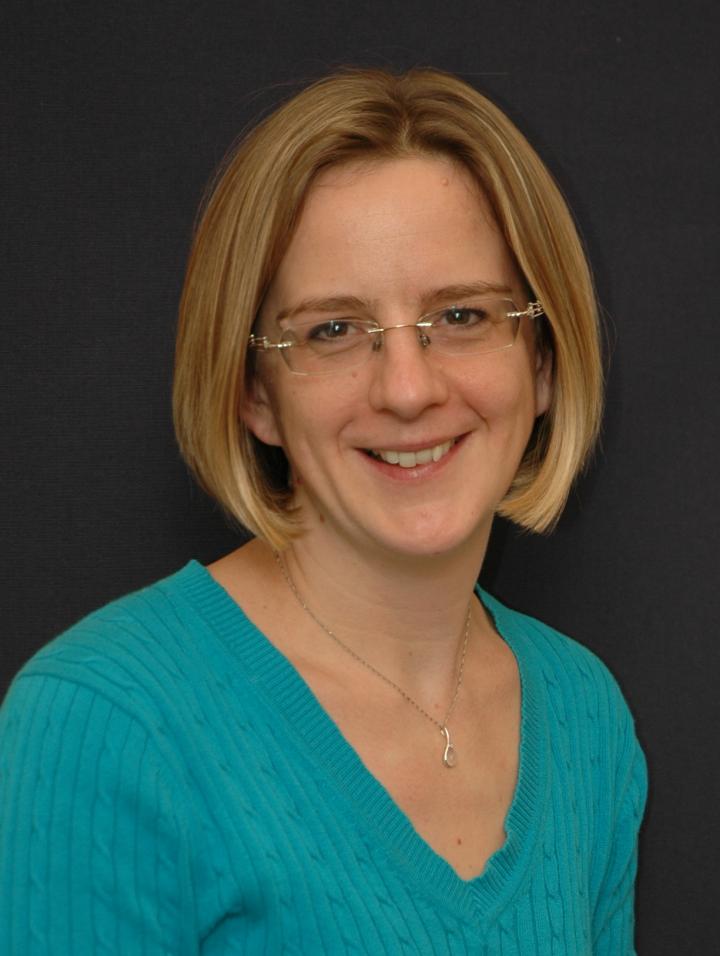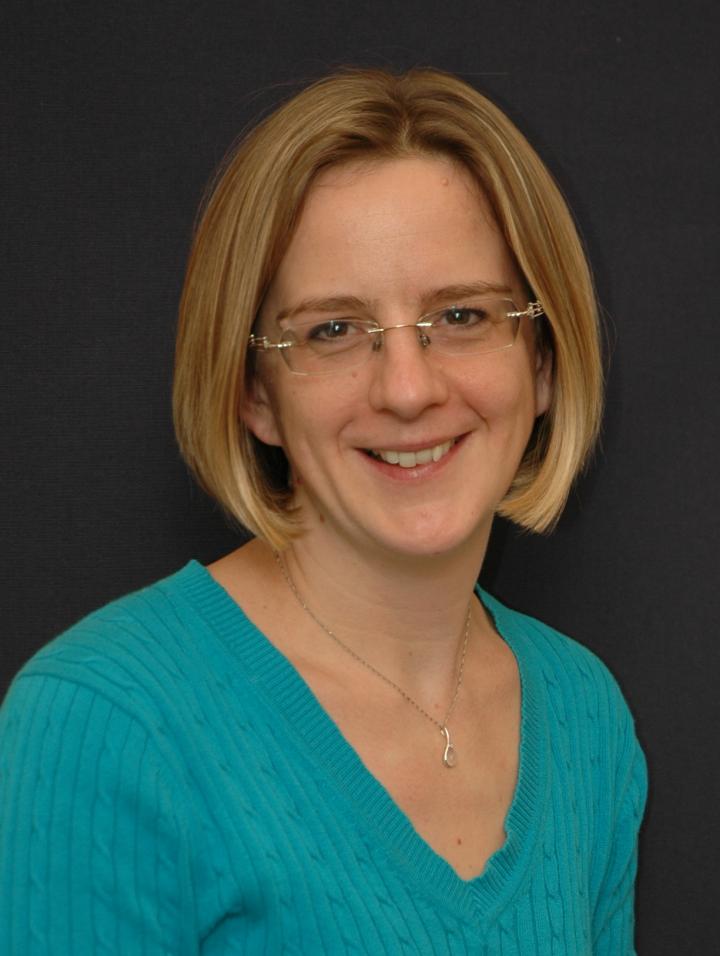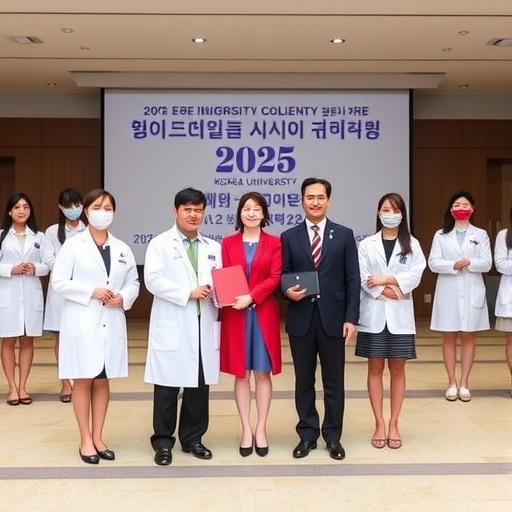
Credit: UMass Amherst
AMHERST, Mass. – Cognitive neuroscientists Rosie Cowell and David Huber at the University of Massachusetts Amherst recently received a four-year, $2.36 million grant from the National Institutes of Health to develop a new computational tool that will help researchers in interpreting functional magnetic resonance images (fMRI) of the brain and improve accuracy in relating fMRI data to neural responses in the brain.
Cowell says, "Right now it can be difficult to relate fMRI data to the underlying brain activations to see how different groups of neurons are responding when a person is performing a task. This is because, with the methods we have now, the signal is averaged across too many neurons, millions of them at once. Even the narrowest view we can achieve is too coarse; you can't see how smaller subsets of neurons are behaving."
Huber adds, "Our goal is to develop a mathematical tool for more accurately interpreting fMRI in a more fine-grained way. This is a computational technique that will be useful for researchers to understand what's going on the brain. We hope to fully develop and validate this technique and provide software that other fMRI researchers throughout the world can use, with publications on how to use it and when, that is, what types of experiments it is best suited for."
The neuroscientists will use the campus's new MRI scanner at the Institute for Applied Life Sciences to compare their computational models of the brain with what happens in the visual cortex when people view different visual stimuli. Their co-investigators on the grant are John Serences at the University of California, San Diego, and Earl Miller at MIT.
Cowell and Huber's "Foundations of Non-Invasive Functional Human Brain Imaging and Recording" grant is part of former President Obama's Brain Research through Advancing Innovative Neurotechnologies (BRAIN) Initiative, launched in 2013 to "revolutionize understanding of the human brain" by accelerating the development and application of new technologies and tools for treating and preventing brain disorders. A major goal is to "produce a new dynamic picture of the brain that, for the first time, will show how individual cells and complex neural circuits interact in both time and space."
As Cowell explains, "With fMRI you can see what different parts of the brain are doing when it is performing a task, for example, paying attention to the orientation of a straight line viewed on a screen." Scientists already know that certain groups of neurons "light up" predictably in response to a seeing a horizontal line, but those same neurons remain quiet when presented with a vertical line. The 1960s discovery of this in cat neurons led to a Nobel Prize, she notes.
"It's called orientation tuning," Cowell adds, "and these types of experiments are rarely carried out in humans because except in very unusual circumstances we do not put electrodes into peoples' brains for research. And our current fMRI methods don't allow us to measure brain activation with the kind of spatial resolution that would be required to link the stimulus with the neural responses. We just see neural responses aggregated over too many millions of neurons."
"The ultimate goal of the project is to be able to use fMRI to discover how neurons' responses change with certain changes in our mental circumstances," she notes. For example, "Does the way in which a neuron responds to an oriented line change if you are paying attention to the line, compared to when you are ignoring it? These kinds of questions will tell us about the mechanisms of cognition."
Huber suggests that the problem can be thought of as similar to interpreting election results. "If all you know is that candidate A narrowly won, you have no idea how different groups voted, whether one group voted in a landslide for candidate A while the other groups narrowly preferred candidate B, or whether all groups had a slight preference for candidate A. Well, with current fMRI methods, researchers can only know how millions of neurons responded to a stimulus on average. It's a very coarse measure," he notes.
"The computational technique we're developing allows us to break those millions of neurons into pools, so we can narrow the response down and know more about how smaller groups of neurons are behaving. We'll be applying mathematical modeling figure out how different parts of the population are responding," Huber adds.
"If you collect enough brain data by presenting lots of different line orientations to people while they're in the scanner, and use our mathematical method to analyze the data, you get a more accurate picture of different clusters and what they are doing. Our technique uses the numbers that roll off the scanner to infer what is going on. The large amount of data allows you to break it down more finely, and the more orientations we test, the more precise we can be," he says.
They will also take advantage of previously collected data from monkeys as they viewed visual stimuli while researchers recorded neuronal activity in their brains using electrodes. Cowell and Huber will compare those laboratory experimental results with the output of their computational tool to evaluate how well the mathematical model is performing.
The researchers say this work "will advance our ability to accurately and precisely infer the properties of neural-level responses from data obtained via non-invasive fMRI in humans."
###
Media Contact
Janet Lathrop
[email protected]
413-545-0444
@umassscience
http://www.umass.edu
Original Source
http://www.umass.edu/newsoffice/article/umass-amherst-neuroscientists-receive-236





